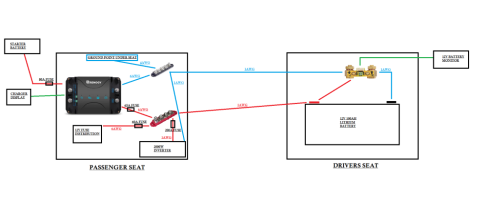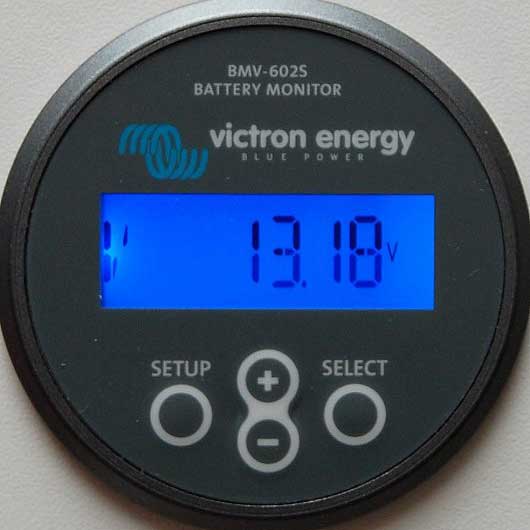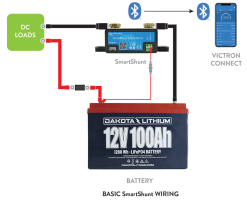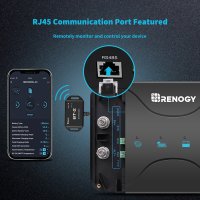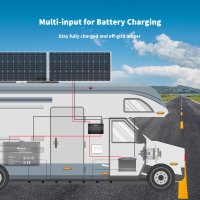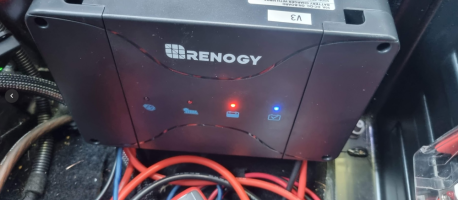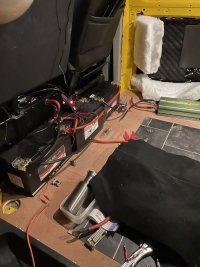I think he's swapped out the cheap £60 LION battery for a £180 YUASA battery. (Starter battery?)
At that price it must be a decent AGM.... I'd assume anyway.
so off came the 60 quid from euro car parts lion battery, on went the 180 yuasa replacement.
At that price it must be a decent AGM.... I'd assume anyway.


